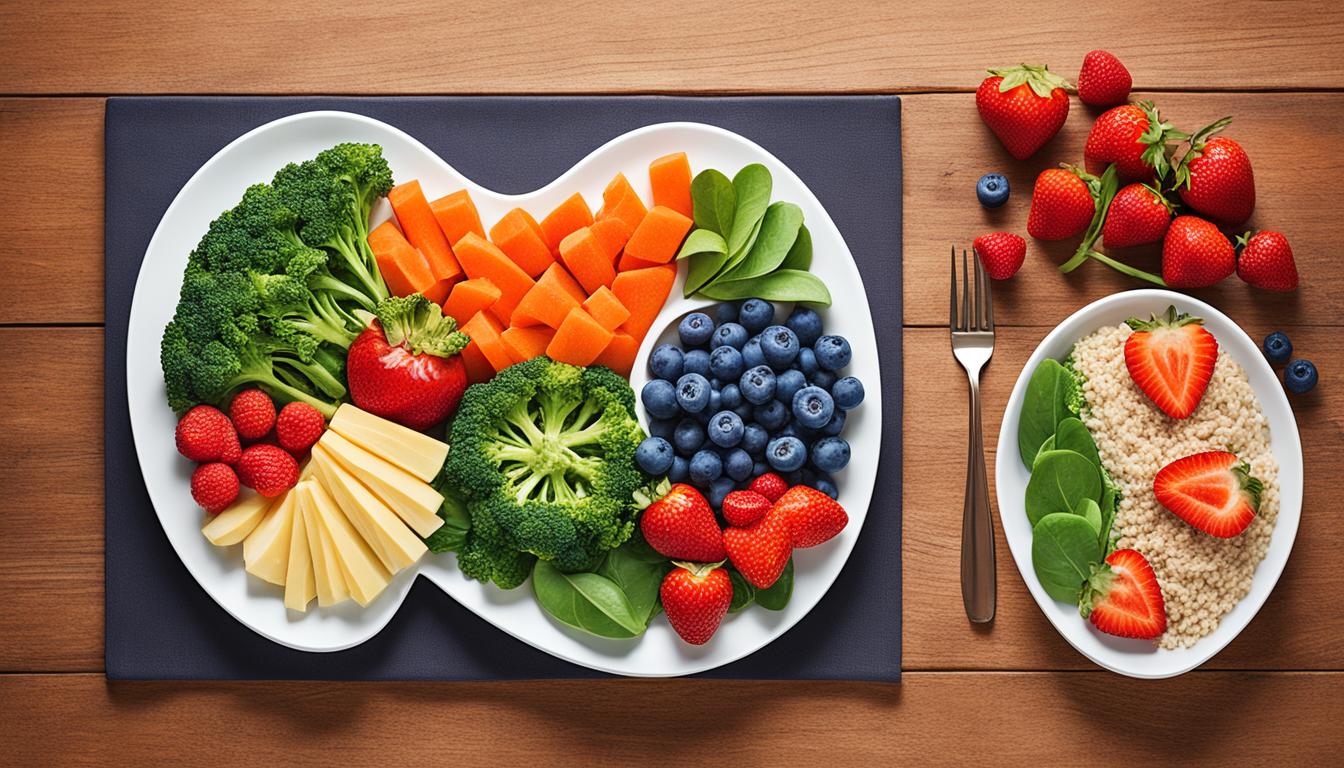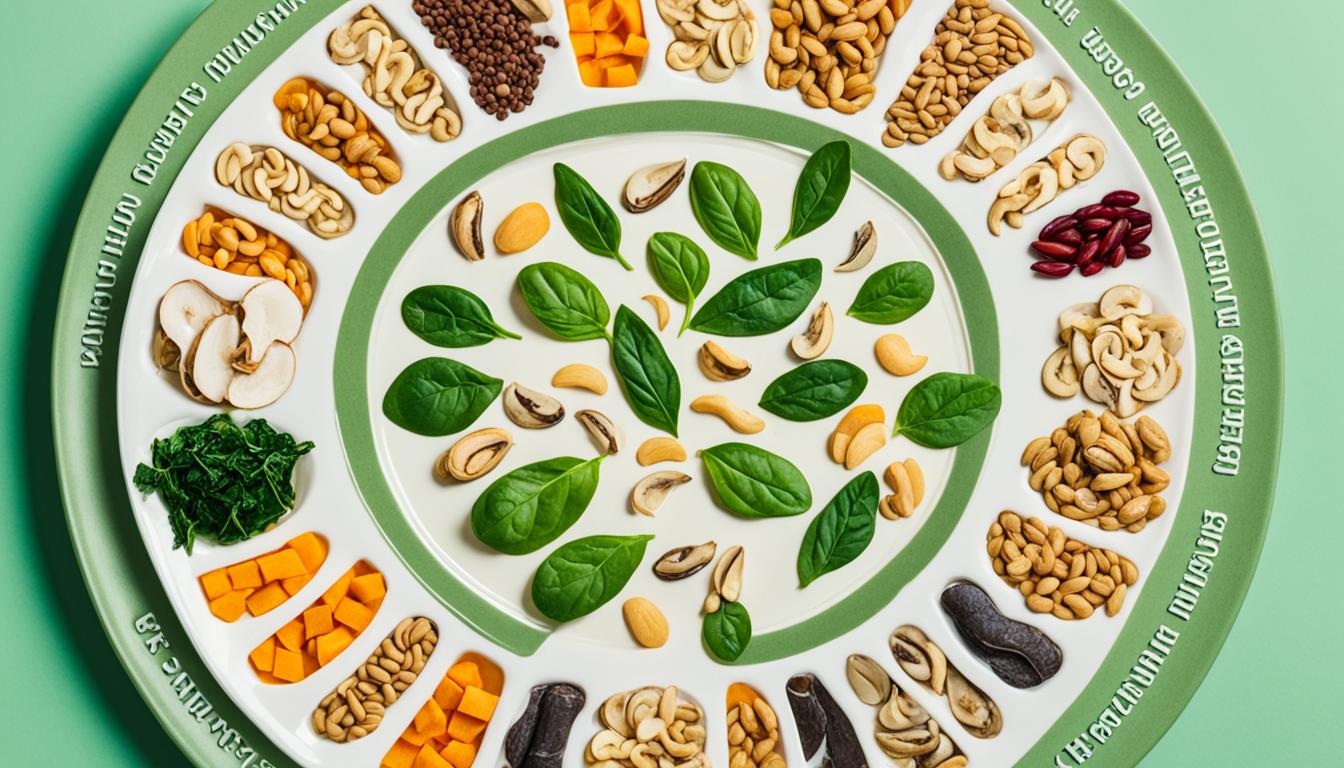How to lose weight
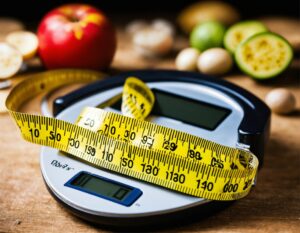
In today’s fast-paced world, achieving and maintaining a healthy weight can be a challenging endeavor. With countless diets and weight-loss strategies circulating, it’s easy to feel overwhelmed and unsure of where to begin. However, by focusing on a balanced and sustainable approach to nutrition, you can embark on a journey towards successful and lasting weight loss. As a nutrition doctor, I’m here to guide you through crafting the best diet plan for achieving your weight loss goals.
-
Start with realistic goals.
Before diving into any diet plan, it’s crucial to set realistic and achievable goals. Rapid weight loss may seem appealing, but it’s often unsustainable and can lead to negative health consequences. Aim for gradual weight loss of 1-2 pounds per week, which is both safe and manageable in the long term.
-
Embrace Whole, Nutrient-Dense Foods:
The foundation of a healthy diet plan for weight loss should be based on whole, nutrient-dense foods. These include fruits, vegetables, whole grains, lean proteins, and healthy fats. These foods are rich in vitamins, minerals, and antioxidants, providing essential nutrients while promoting satiety and overall well-being.
-
Prioritize Portion Control:
While the quality of your food choices is important, portion control also plays a significant role in weight management. Be mindful of portion sizes, and aim to fill your plate with a balance of nutrient-rich foods. Pay attention to hunger and fullness cues, and avoid overeating by eating slowly and savoring each bite.

-
Include lean proteins.
Protein is a crucial component of any weight-loss diet plan, as it helps support muscle growth and repair while promoting feelings of fullness. Incorporate lean sources of protein, such as poultry, fish, tofu, legumes, and low-fat dairy, into your meals and snacks to help control hunger and maintain muscle mass.
-
Focus on Fiber-Rich Foods:
Fiber is your ally in weight loss, as it adds bulk to your diet, helps you feel full, and aids in digestion. Include plenty of fiber-rich foods, such as fruits, vegetables, whole grains, legumes, and nuts, in your diet to support weight loss and overall digestive health.
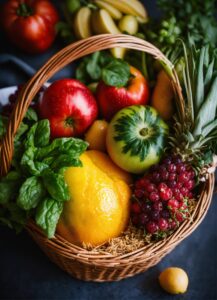
-
Limit Added Sugars and Processed Foods:
Excess sugar and processed foods can sabotage your weight loss efforts by providing empty calories and spiking blood sugar levels. Minimize your intake of sugary beverages, sweets, refined grains, and processed snacks, and opt for whole, minimally processed alternatives whenever possible.
-
Stay Hydrated:
Adequate hydration is essential for overall health and can support weight-loss efforts. Drink plenty of water throughout the day to stay hydrated and keep hunger at bay. Avoid calorie-laden beverages like sodas and sugary juices, as they can contribute to weight gain.

-
Practice mindful eating.
Mindful eating involves paying attention to your food choices, eating habits, and hunger cues without judgment. Avoid distractions while eating, such as watching TV or scrolling through your phone, and focus on the sensory experience of eating. This can help prevent overeating and promote a healthier relationship with food.
-
Incorporate physical activity:
While diet plays a significant role in weight loss, incorporating regular physical activity is essential for achieving and maintaining a healthy weight. Aim for at least 150 minutes of moderate-intensity aerobic exercise or 75 minutes of vigorous-intensity exercise per week, along with muscle-strengthening activities on two or more days per week.
-
Seek professional guidance
If you’re unsure where to start or have specific dietary needs or health concerns, consider seeking guidance from a registered dietitian or nutrition professional. They can provide personalized recommendations tailored to your individual needs and help you develop a sustainable diet plan for long-term success.
-
Control Portions:
Pay attention to portion sizes and aim to eat balanced meals that include a mix of protein, carbohydrates, and fats. Practice mindful eating by listening to your body’s hunger and fullness cues, and avoid mindless snacking or overeating.
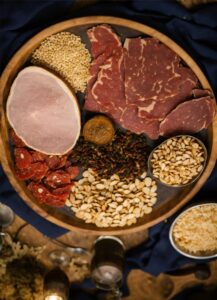
-
Choose lean proteins:
Incorporate lean sources of protein, such as poultry, fish, tofu, legumes, and low-fat dairy, into your meals and snacks. Protein helps support muscle growth and repair, promotes feelings of fullness, and can help prevent muscle loss during weight loss
and this is a timetable to help you achieve your goal in a healthy way:
7:00 AM: Breakfast:
Start your day with a balanced breakfast to fuel your body and jumpstart your metabolism.
Include a mix of protein, carbohydrates, and healthy fats.
Example: Greek yogurt with berries and granola, or scrambled eggs with whole grain toast and avocado.
10:00 AM Mid-Morning Snack:
Enjoy a small snack to keep hunger at bay and maintain energy levels.
Choose a nutrient-rich option to provide sustained energy.
Example: apple slices with almond butter, or a handful of mixed nuts and a piece of fruit.
12:30 PM: Lunch:
Have a satisfying lunch that includes lean protein, whole grains, and plenty of vegetables.
Aim for a balanced meal that provides essential nutrients and keeps you feeling full.
Example: Grilled chicken salad with mixed greens, quinoa, chickpeas, and a balsamic vinaigrette dressing.
3:30 PM: Afternoon Snack:
Enjoy another small snack to tide you over until dinner.
Opt for a combination of protein and fiber to keep you satisfied.
Aim for a balanced meal that provides essential nutrients and keeps you feeling full.
Example: Grilled chicken salad with mixed greens, quinoa, chickpeas, and a balsamic vinaigrette dressing.
3:30 PM: Afternoon Snack:
Enjoy another small snack to tide you over until dinner.
Opt for a combination of protein and fiber to keep you satisfied.
Example: carrot sticks with hummus, or a protein smoothie made with spinach, banana, and protein powder.
6:30 PM: Dinner:
Prepare a well-rounded dinner that includes lean protein, whole grains, and plenty of vegetables.
Keep portions moderate and avoid heavy, calorie-laden dishes late in the evening.
Example: baked salmon with quinoa and roasted vegetables, or stir-fried tofu with brown rice and broccoli.
8:30 PM: Evening Snack (Optional):
If you’re still hungry in the evening, enjoy a small, nutritious snack.
Opt for something light that won’t disrupt your sleep.
Example: a small bowl of Greek yogurt with sliced fruit or a handful of whole-grain crackers with cheese.
Remember, this timetable is just a guideline, and it’s important to listen to your body’s hunger and fullness cues. Adjust meal times and portion sizes based on your individual schedule, activity level, and dietary preferences. Additionally, stay hydrated throughout the day by drinking water regularly, and try to limit your intake of sugary beverages and snacks. By following a balanced timetable for eating, you can support your overall health and well-being.
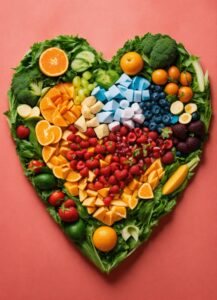
so….,
The best diet plan for weight loss is one that prioritizes whole, nutrient-dense foods, emphasizes portion control, and incorporates healthy lifestyle habits such as regular physical activity and mindful eating. By adopting these principles and making gradual, sustainable changes to your diet and lifestyle, you can achieve your weight-loss goals and improve your overall health and well-being in the process.






